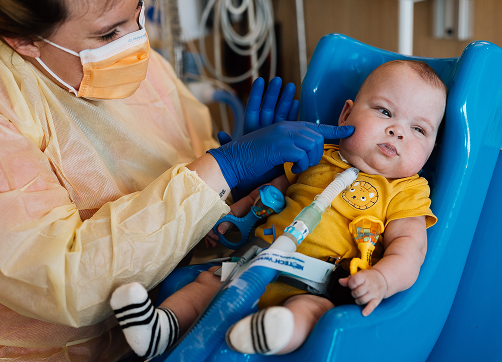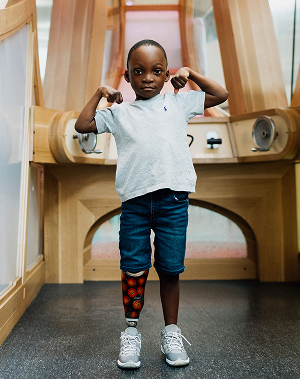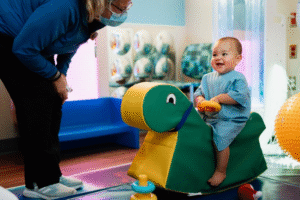Vesicoureteral Reflux (VUR)


about condition
Vesicoureteral reflux (VUR) happens when urine does not flow normally from the bladder into the ureters. Instead, urine flows backward from the bladder into the ureters. Ureters are thin tubes that connect the kidneys to the bladder. If backed-up urine reaches the kidneys, it can lead to infection, scarring and even long-term kidney damage if left untreated. Fortunately, most kids with VUR can outgrow it with no long-term health problems.
symptoms
Most of the time, VUR has no obvious signs or symptoms. It’s often first noticed when a child has a urinary tract infection (UTI) with a fever.
As kids get older, untreated VUR, along with any related UTIs, can lead to long-term problems caused by scarring of the kidney. These problems include:
- High blood pressure (hypertension)
- Protein in the urine
- Decreased kidney function or kidney failure
In some cases, VUR may be found before a baby is born during a routine prenatal ultrasound. An ultrasound uses sound waves to create a picture of the baby in the womb. Ultrasounds can sometimes show if a baby has swollen kidneys (hydronephrosis), which could be a sign of VUR.
diagnosis
If your child has symptoms of a UTI, see a doctor right away. To check for VUR, the doctor will do a physical exam and ask you questions about your family medical history. Blood and urine tests may be done to see how well your child’s kidneys are working and check for signs of infection or damage to the kidneys.
Doctors can use certain tests to confirm a diagnosis of VUR, such as:
- A stomach ultrasound, also called sonography. This test uses sound waves to create pictures of the urinary tract and may show a defect or blockage that could potentially cause VUR.
- A voiding cystourethrogram (VCUG) is an X-ray picture of the bladder and urethra taken while someone is peeing. In this procedure, a special liquid that can be seen on X-rays is placed in the bladder through a catheter (rubber tube). X-rays are taken of the bladder while it is full and when it is being emptied while going pee, and then the pictures are compared to check for abnormalities.
If VUR is diagnosed, the doctor will grade it from I through V based on how bad the VUR is, and use the grade to decide the best course of treatment. A grade I reflux is the mildest, with pee that backs up only as far as the ureters. A grade V reflux is the most severe and can involve twisting of the ureter and swelling of the kidney.


treatments
In many cases, kids with primary VUR outgrow it. As a child gets older, the ureter gets longer and straighter, and the valve where the ureter enters the bladder is able to shut correctly.
VUR that occurs with a UTI needs antibiotic treatment to keep the infection from spreading to the kidneys. Kids who are put on antibiotics should take them for as long as prescribed, even if they start to feel better early on.
In moderate to severe cases of primary VUR with UTIs and fever, the doctor may suggest surgery. The most common type of surgery is ureteral reimplantation, in which one or both ureters are extended further into the bladder to correct the backflow of urine from the bladder to the ureters and kidneys. This type of surgery usually requires kids to spend a few days in the hospital while they recover.
Another surgery a doctor might suggest is an endoscopic injection. This surgery involves injecting a special gel into the bladder with the use of a catheter. The gel, placed near the valve at the opening of the ureter, prevents urine from going back into the ureter and helps the valve close properly. Most kids can leave the hospital on the same day they have this procedure.
related blogs
here when you need us
Whether you’re looking for the right provider, ready to make an appointment, or need care right now—we’re here to help you take the next step with confidence.


